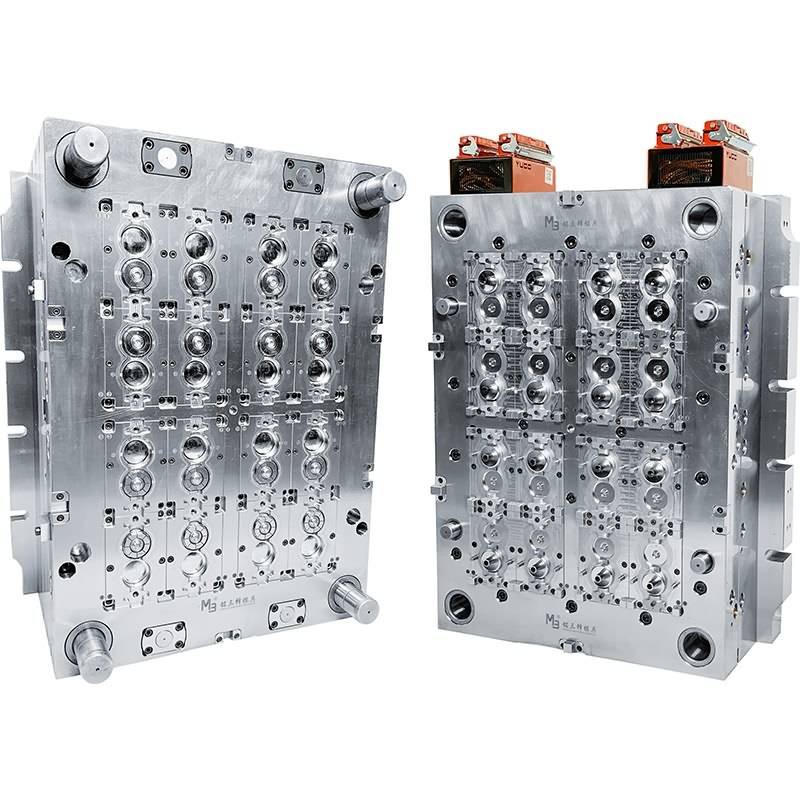Basically these are the following reasons:
1. Processing:
(1) Excessive processing pressure, too high speed, more filler, too long injection time and holding pressure will lead to excessive internal stress and cracking.
(2) Adjust the mold opening speed and pressure to prevent parts from being quickly and forcefully pulled out of the mold and cracked.
(3) Properly increase the temperature of the mold so that the parts can be easily removed from the mold, and properly reduce the temperature of the material to prevent decomposition.
(4) Prevent cracking due to weld marks and plastic degradation, resulting in reduced mechanical strength.
(5) Use an appropriate release agent and make sure to remove aerosols and other substances adhering to the mold surface frequently.
(6) Residual stress of the workpiece can be eliminated by annealing heat treatment immediately after forming to reduce the formation of cracks.
2. Mold aspect:
(1) The ejection must be balanced, such as the number and cross-sectional area of the ejector pins must be sufficient, the inclination of the ejector must be sufficient, and the surface of the cavity must be smooth enough to prevent cracking due to the concentration of ejection residual stress due to external force .
(2) The workpiece structure should not be too thin, and the transition part should have a circular arc transition as much as possible to avoid stress concentration caused by sharp corners and chamfers.
(3) Minimize the use of metal inserts to prevent an increase in internal stress due to the shrinkage difference between the insert and the workpiece.
(4) For deep-bottomed parts, appropriate demoulding air inlets should be provided to prevent the formation of vacuum negative pressure.
(5) The main channel is enough for the gate material to be demoulded if it does not harden in the future so that it can be easily demoulded.
(6) The connection between the sprue bushing and the nozzle should prevent cold hard material from being drawn in and the part sticking to the fixed mold.
3. Materials:
(1) The content of recycled materials is too high, resulting in low strength parts.
(2) Humidity is too high, causing some plastics to chemically react with water vapor, reducing strength and causing ejection cracking.
(3) The material itself is not suitable for the medium to be processed, or its quality is poor, and if it is contaminated, it will crack.
4. Machine aspect:
The performance of the plasticizing machine must be appropriate. If it is too small, the plasticizing ability will not be fully mixed and become brittle. If it’s too big, it will get worse.
Post time: Sep-11-2023

